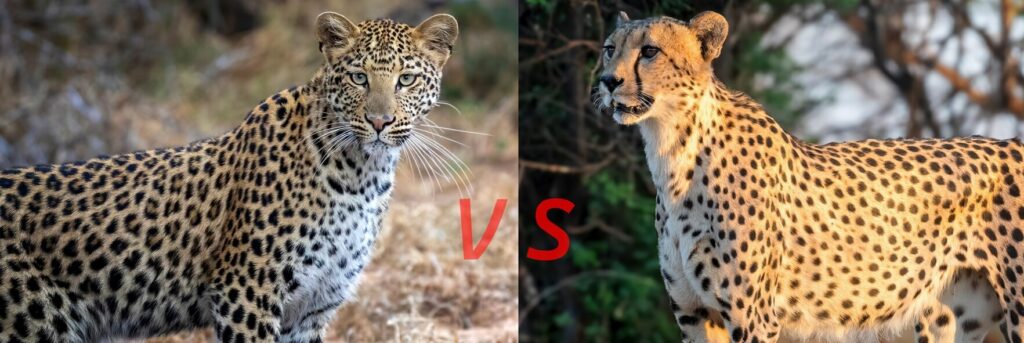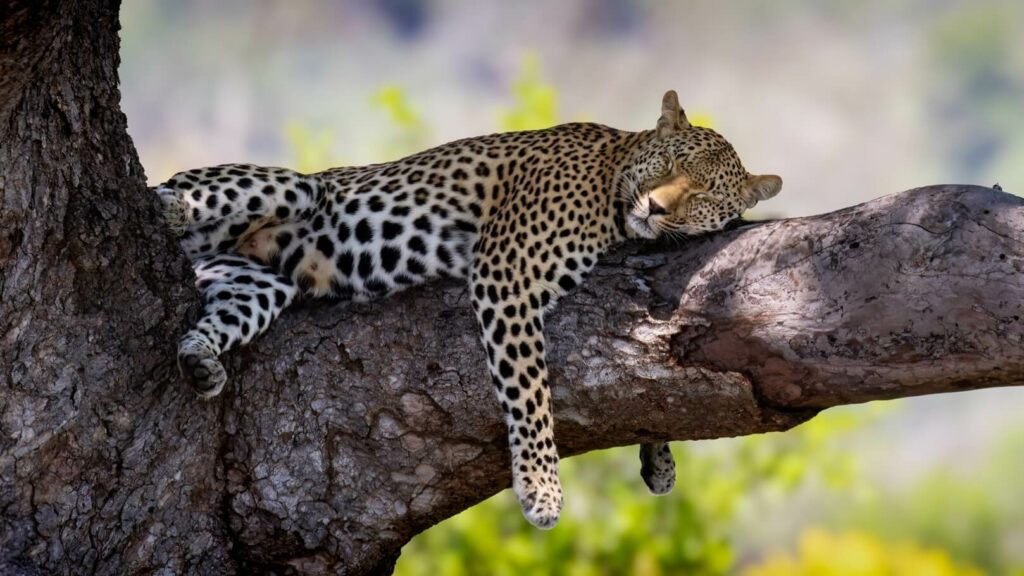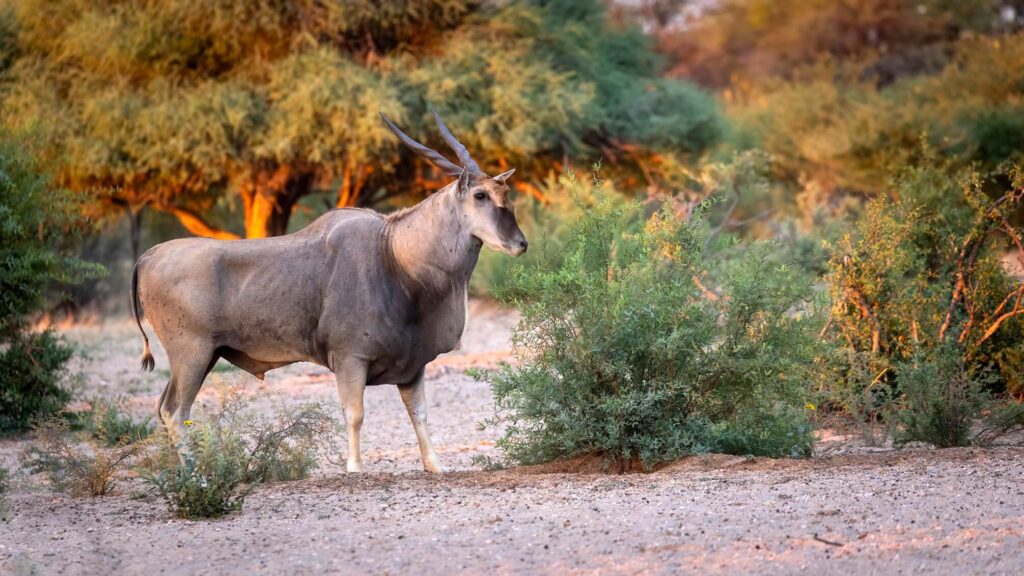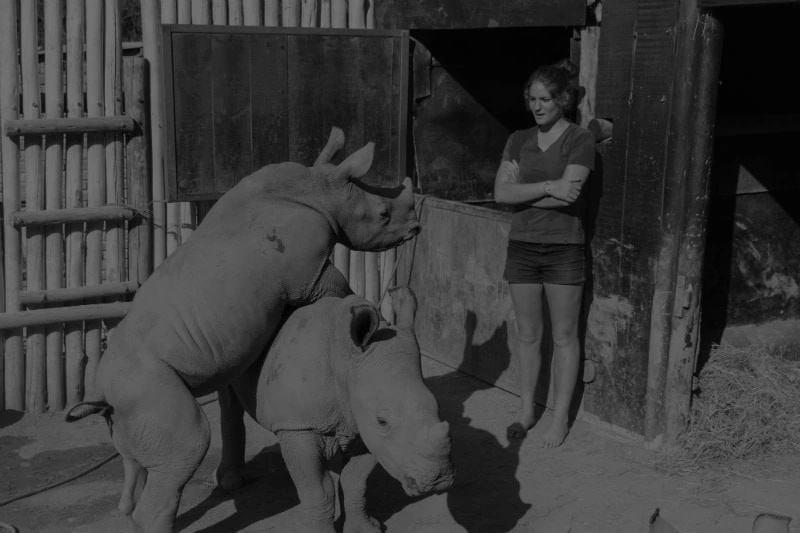Leopard vs Cheetah Print: Deciphering the Wild World of Patterns
Leopard vs Cheetah Print: Deciphering the Wild World of Animal Patterns
Leopard vs cheetah print – two iconic and highly sought-after animal patterns that have graced the world of fashion, décor, and design for decades. But style enthusiasts out there often find themselves asking – what’s the real difference between them? Sure, both patterns are spotted, but there’s much more to unpack beyond the obvious.
In this article, I’ll delve into the intricacies of leopard vs cheetah print. I’ll dissect their distinctive features, examine their origins, so you can explore how best to incorporate these patterns into your wardrobe and home. Let’s embark on this style safari!

Spot the Difference: Decoding Leopard and Cheetah Pattern
The primary distinction between leopard vs cheetah print lies in the shape and arrangement of their spots. Here’s a breakdown:
- Leopard Print: Think rosettes! Leopard print features irregular clusters of black markings resembling roses. These rosettes typically boast a dark outline with a rich, tawny brown center.
- Cheetah Print: Simplicity is key here. Cheetah print showcases individual, solid black spots scattered across a pale golden or tan background.
Beyond the Spots: Other Defining Characteristics
Spot patterns aside, let’s analyze some other features that set leopard vs cheetah print apart:
- Background Color: Leopard print often displays a warmer, golden tan base, while cheetah print tends to have a cooler, lighter tan hue.
- Spot Size: Leopard spots (or rosettes) are generally larger and more complex in shape compared to the smaller, uniform spots of a cheetah.
- Spot Density: Leopard print often exhibits a denser concentration of spots compared to the slightly sparser distribution found in cheetah print.
Historical Origins: Where Did Leopard and Cheetah Prints Come From?
Leopard vs cheetah print boast a rich and fascinating history dating back centuries. Let’s take a walk down memory lane:
- Ancient Times: Historically, both leopard and cheetah pelts were coveted symbols of power, wealth, and status among royalty and high-ranking officials in various cultures.
- Rise in Fashion: In the 20th century, fashion designers found inspiration in these stunning animal patterns. Both leopard and cheetah prints emerged as timeless fashion statements, gracing everything from clothing to accessories.

Incorporating Leopard vs Cheetah Print into Your Life
Ready to unleash your inner fashionista with leopard vs cheetah print? Here are some ways to rock these wild patterns:
Fashion (Not Our Strength)
- Statement Piece: A leopard or cheetah print coat, dress, or skirt (synthetic of course!) can effortlessly elevate any outfit.
- Accessories: Some wish to accent their look with a touch of the wild – try a leopard scarf, cheetah belt, or a pair of animal-print shoes.
- Mixing and Matching: While it’s possible to mix prints, some fashions gurus will advise that you exercise caution, especially when working with the boldness of leopard or cheetah prints. Choose one to be your “hero” pattern and accent with subtler designs.
Home Décor
- Accent Pieces: Animal prints like leopard and cheetah can add a dose of glamour and visual interest. Think throw pillows, rugs, or accent chairs. Africanize your home!
- Small Doses: If bold patterns feel overwhelming, start small. Introduce animal prints in subtle touches like picture frames, vases, or decorative trays.
Beyond the Spots: The Difference Between Leopard and Cheetah
Though their prints can look similar, leopards and cheetahs are strikingly different members of the cat family.
Taxonomy and Evolution
- Leopard (Panthera pardus): This powerful feline belongs to the genus Panthera, which includes lions, tigers, and jaguars. Leopards are incredibly adaptable, with various subspecies found across Africa and Asia.
- Cheetah (Acinonyx jubatus): The sole survivor of its genus, the cheetah is an evolutionary marvel. Found primarily in Africa with a small, critically endangered population in Iran, its unique physique is optimized for speed.
Leopard
- Build – Stocky, muscular, ideal for climbing and ambushing prey
- Length – 1 – 1.9 meters from head to tail (3.3 – 6.2 feet)
- Height at shoulder – 45 – 80 centimeters (18 – 31 inches)
- Weight – 30 – 90 kilograms (66 – 198 pounds)
Cheetah
- Build – Lean, long-limbed, designed for high-speed sprints
- Length – 1.1 – 1.5 meters head to tail (3.6 – 4.9 feet)
- Height at shoulder – 70 – 90 centimeters (28 – 35 inches)
- Weight – 20 – 72 kilograms (44 – 159 pounds)
Masters of Speed and Stealth
- Leopard: Agile and powerful, leopards can reach speeds of up to 58 km/h (36 mph), perfect for short bursts and ambushing prey.
- Cheetah: The undisputed king of speed, cheetahs can accelerate to an astounding 120 km/h (75 mph) in mere seconds, making them the fastest land mammals on Earth.

Lives and Hunting Styles
Leopard
These elusive cats are mostly solitary and nocturnal, relying on stealth and ambush tactics to hunt.
Cheetah
While females are mainly solitary, males sometimes form coalitions. Cheetahs rely on their blazing speed to chase down prey and often hunt during the day.
Distribution, Diet, and Conservation Challenges
Leopard
Leopards have a historically vast range across Africa and Asia. They’re opportunistic hunters, consuming a wide variety of prey. Sadly, habitat loss and poaching threaten many leopard populations.
Cheetah
Today, cheetahs roam parts of Africa and a tiny, fragmented population in Iran. Specializing in hunting small to medium-sized antelopes, they face threats like habitat loss, human-wildlife conflict, and the illegal pet trade. Cheetahs are listed as ‘Vulnerable’ on the IUCN Red List.
Leopard vs Cheetah prints – Frequently Asked Questions (FAQs)
Want to compare leopard vs cheetah prints yourself? Our Project let’s you join a Kalahari Safari to help African Wildlife or Contact Us for any other questions or read our Testimonials!
Learn More About Us and our Predator Monitoring





